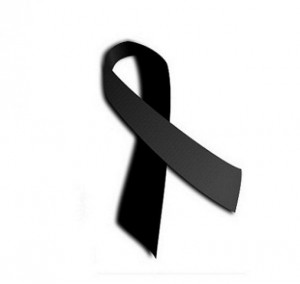Last June, I went back to Strathmore Business School in Nairobi. Almost one year had passed since my last stay there. One colleague asked whether I had seen any changes. My answer didn’t surprise him: an obvious increase in security measures. The terrorist attack at Garissa University that killed close to 150 students, and the threat of further attacks made those precautionary measures necessary. Sadly, the outrageous attacks of last week in Paris have brought terrorism back to center stage.
GlobalIncidentMap.com contains up-to-date information about general terrorism news of the last 30 days. Out of 121 attacks occurring in the period ending November 16, 13 (slightly more than 10 %) took place in SSA: more specifically, in Somalia, Burundi, Sudan, and Central African Republic. Sadly, 105 people died.
A report by Aon Broking on terrorism and political violence shows that 37 out of 50 SSA countries didn’t face the peril of terrorism in 2014. Out of the 13 that did face it, five experienced no attack. 80% of the attacks were concentrated in two countries of the eight countries that suffered them – Nigeria and Somalia.
How does this information compare to your perception? I bet you pictured a gloomier outlook. Fair enough, SSA countries face instability from sources other than terrorism. But don’t let your business decisions be driven by perceptions: look for data, and preferably, also for first-hand information . If you want to know my own impressions of the situation in Nigeria, you may read a previous post I wrote titled “Bring Back our Girls.”
My thoughts and prayers go out to the victims of terrorism and their families.

